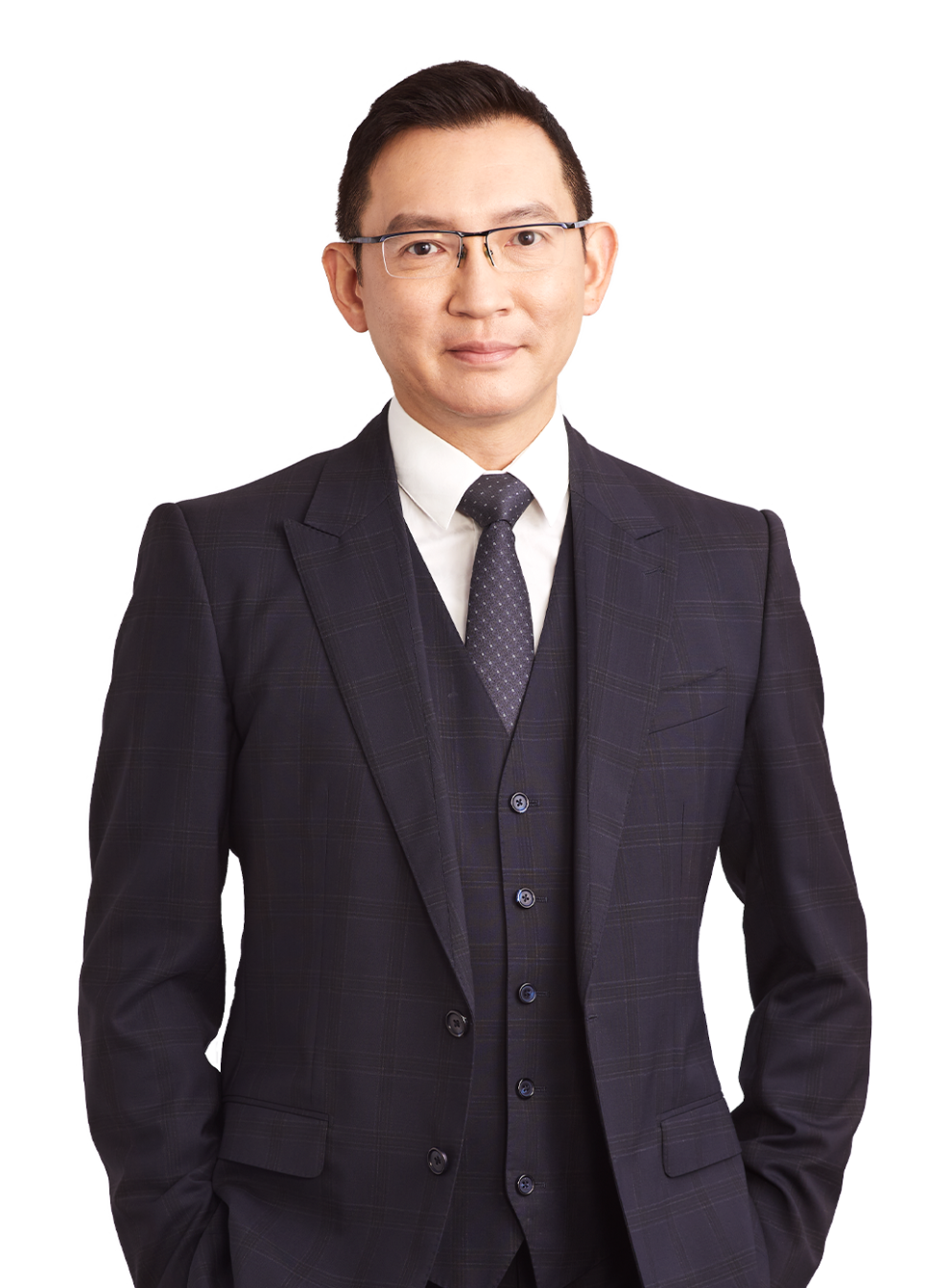Introduction
Since the Civil Justice Reform and Practice Direction 18.1 came into effect on 2 April 2009, it has been a norm for the parties to appoint separate medical experts in personal injuries cases to examine the claimants and prepare a joint report on their injuries. However, in the judgment of Rai Chandra Kala v. La Creperie 8 Limited and Another [2023] HKDC 671, handed down last Friday (19 May 2023), His Honour Judge Andrew Li urged practitioners to make wider use of Single Joint Expert (“SJE”) in straightforward personal injury cases after being dissatisfied by polarised expert opinions.
Summary of the Case
A 53-year-old Nepalese cook slipped at work on the wet floor in the kitchen and sustained fracture injury to her left wrist. Following a joint medical examination, the parties’ orthopaedic experts gave polarised opinions on two major issues: (a) whether the plaintiff’s bilateral carpal tunnel syndrome was caused by the accident; and (b) whether she had exaggerated her symptoms. The learned Judge found difficulties in deciding the true extent of the plaintiff’s injuries due to the experts’ polarised opinions. After a careful study of the joint medical report, he reached his determination somewhere between the two experts’ opinions. The plaintiff was awarded damages totalling HK$168,108.65 (on top of the employees’ compensation of HK$294,541.35).
H.H. Judge Li’s Opinions on the Use of Medical Experts
The learned Judge went on to give his opinions on the use of medical experts and advocate the use of SJE in place of joint expert report prepared by 2 separate experts. He took the view that:-
1. Some practitioners may have misconceptions about the use of medical expert evidence. Appointment of medical expert(s) may be unnecessary in simple and straightforward cases because medical records and government hospitals/clinics’ reports will already be sufficient for the Courts’ determination.
2. Before appointing expert(s), the practitioners should consider whether it is relevant and necessary to do so with reference to (i) cost-effectiveness; (ii) proportionality of the costs to the claim size; and (iii) whether settlement may be facilitated.
3. The Court should exercise wider case management powers, including the appointment of SJE, to save costs and fairly dispose of the matter.
Advantages of using Singe Joint Expert
The learned Judge urged the practitioners to make wider use of SJE in personal injuries cases for the following reasons:-
1. Substantial costs reduction and avoidance of delay: Generally, an expert’s charge for preparing a single joint report on his own is exactly the same as his charge for preparing a joint medical report with another expert. The cost of compiling a joint medical report will therefore be doubled if each party appoints its own expert. The use of SJE will save costs, time and unnecessary arguments.
2. More proportionate to the amount claimed: The lesser the amount claimed, the more difficult it is to justify the use of separate experts. In Rai Chandra Kala, the learned Judge did not consider that spending an estimated sum of HK$50,000 to HK$60,000 to obtain a joint medical report prepared by separate experts together with the associated cost of preparing instructions and subsequently arguing over the difference in the experts’ opinions is proportionate to the ultimate damages recovered by the plaintiff in the sum of HK$168,108.65.
3. Promoting the experts’ impartiality: Experts have often become the “advocate” or “hired gun” of the party who has paid them. Some experts are observed to be more often or only engaged by either the plaintiff or the defendant but not the other side. They also often appear to “cut and paste” their opinions taken from another report of similar or identical injuries. The wider use of SJE will lead to more impartial and objective expert opinions in the long term, which will help facilitate settlement of disputes.
Which are the appropriate cases for use of Single Joint Expert?
The learned Judge considered that most District Court personal injuries cases are the “appropriate cases” for appointing a single joint expert. The smaller the claim and more simple and straightforward the injuries, the stronger argument it is for the use of SJE. He directed that:-
1. Before the parties proceed to arrange a joint examination and instruct separate medical experts to prepare a joint medical report, the parties should try to agree on the appointment of a SJE.
2. If they cannot agree on the SJE’s identity, they should seek direction from the PI Master as soon as possible and not later than the first Check List Review by giving the names, their curriculum vitae, and the earliest available date for the examination (2 nominees from each side). The Court may then appoint a SJE from the list of nominations.
3. If a joint medical report (“the JMR”) had been obtained in the related employees’ compensation proceedings, directions should be sought from the PI Master as soon as possible to see whether it is appropriate to adopt the existing JMR or to appoint a new SJE. The parties must not assume that the Court will necessarily accept the use of the existing JMR in the common law proceedings if the JMR was obtained without leave.
The learned Judge acknowledged that the above directions may not be suitable for High Court claims involving more complex medical issues and more compensation.
Takeaway Message
H.H. Judge Li made a revolutionary attempt to encourage parties to depart from the long-established practice of appointing separate experts but consider the use of SJE. It remains to be seen what criteria the Court will adopt in selecting a SJE if the parties are unable to reach an agreement on the choice. Subject thereto, we foresee that forthcoming settlement strategies will be modified because the appointment of SJE would mean that only one man’s voice can be heard.
We will keep an eye on how the claimants’ firms react to the appointment of SJE and formulate appropriate strategy to best protect your interest.





